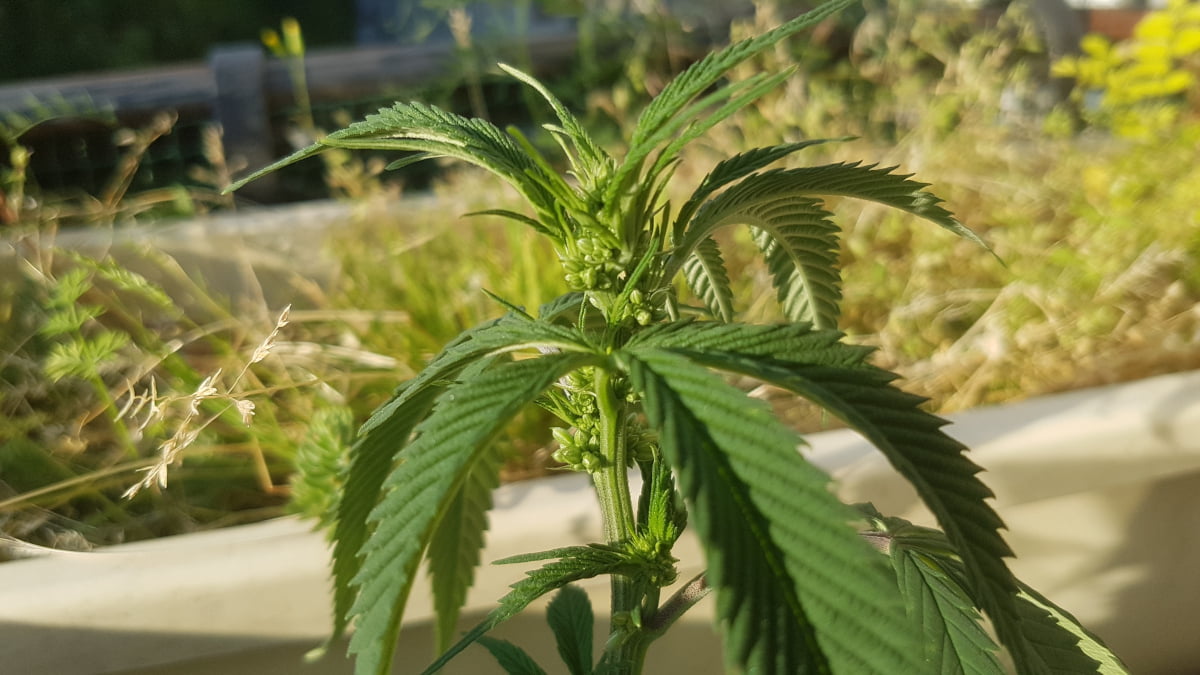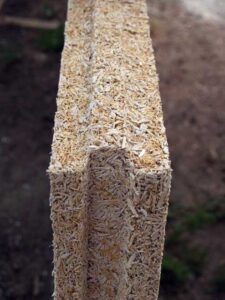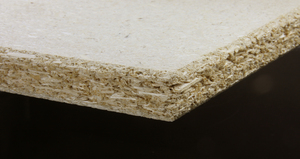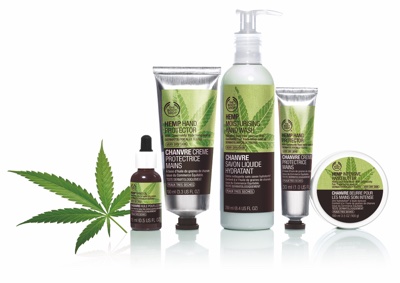Overview – Cannabis as a tool for the ecological battle
Before we get into the nitty gritty of the article, we thought it was important to make a quick overview.
The relationship between humans have been using Cannabis for at least 15.000 years; it’s one of the first crops our ancestors planted.
Whether for its fiber to make textiles, sails, paper, canvases or rope, its flower to cure illnesses, its seed to feed ourselves; Cannabis has been one of the pillars of the development of our society.
It’s been less than a hundred years that this plant has been demonized, replaced and the knowledge that our society had built over thousands of years gone, or privatized.
Products based on petroleum have been replacing what we used make using hemp, chemicals replace medical uses we used to have.
In that spirit we’re going to look at ancestral uses of cannabis as well as newer ones that can be helpful for the challenges to come.
We are aware that we are definitely going to miss some things and we will keep adding content to this article as we discover.
If you are know of benefits we haven’t covered, please contact us so that we can improve this knowledge-base.
Related Articles

Articles


